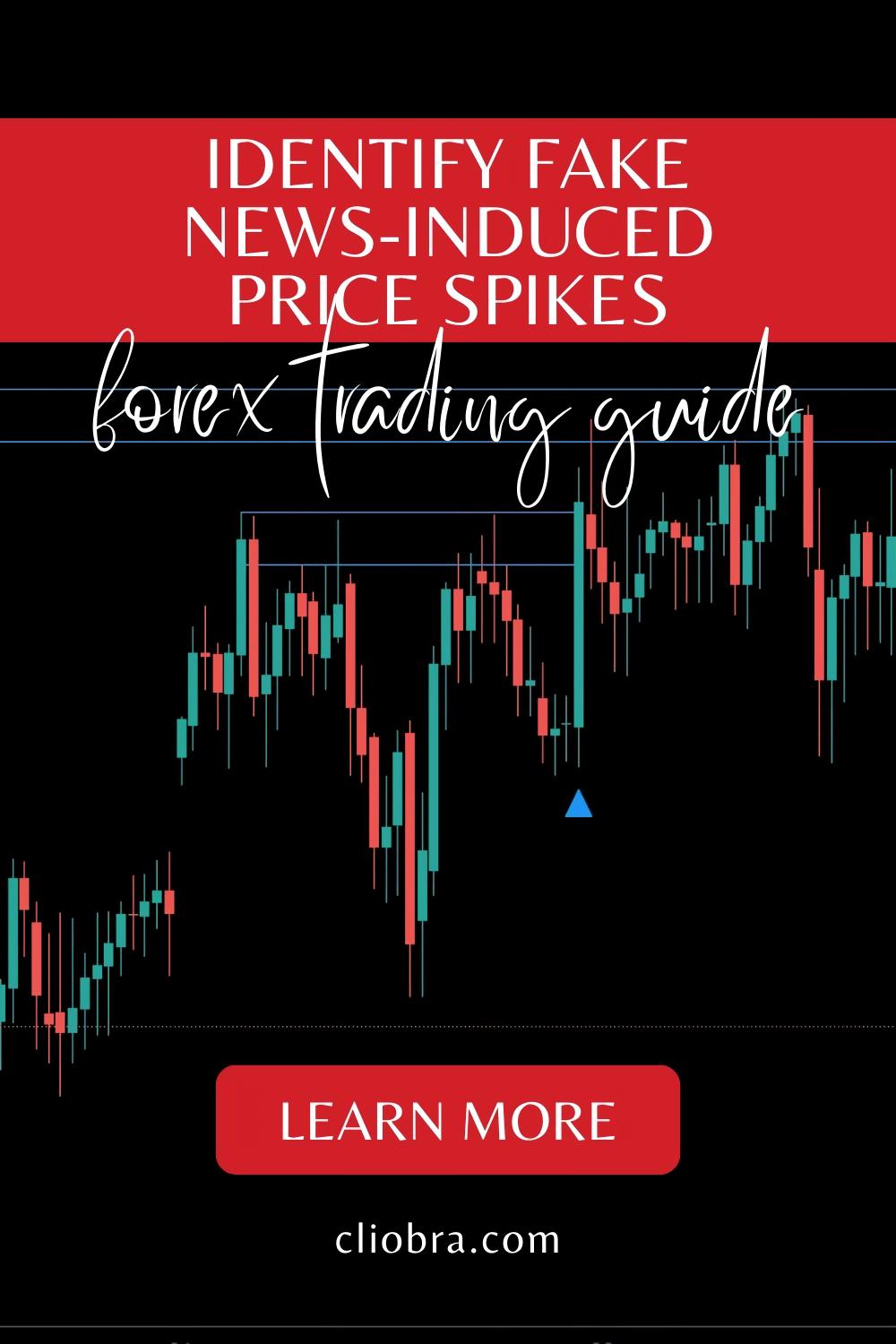Last Updated on March 25, 2025 by Arif Chowdhury
Let’s face it.
You’ve been there, wondering why the market just spiked out of nowhere. Price skyrockets, then crashes—was it real news? Or just noise designed to fool traders like us?
Trust me, spotting and avoiding fake news-induced price spikes is a skill every trader needs. So, let’s cut the fluff and break it down step by step.
What’s the Real Deal with Fake News in the Markets?
Markets are super sensitive to information.
When fake news hits, traders scramble. But the sad truth is, most retail traders fall for these traps, leading to unnecessary losses.
According to the Financial Times, nearly 80% of traders admit to reacting emotionally to market rumors. That’s exactly what big players—market manipulators—count on. They push fake stories, spark chaos, and cash in on our panic.
Here’s the golden truth: not all spikes mean something legit is happening.
Key Indicators of Fake News-Induced Price Spikes
So how do you know when news is fake?
Here are the top things to watch for:
- Lack of Credible Sources: If a headline is vague or from an unverified source, stay skeptical. Check major news platforms.
- Price Behavior: Legit news causes steady movements. Fake news leads to wild, short-lived spikes.
- Timing of the News: Big announcements usually occur during predictable events like central bank meetings or earnings reports. If news pops up randomly, tread carefully.
Pro Tip: Fake news spikes typically reverse quickly—data shows price reverts by over 60% within the next two hours after a manipulation.
My No-Nonsense Plan to Avoid Fake News Manipulation
Avoiding market manipulation takes discipline and, most importantly, a solid strategy.
Here’s how I tackle it:
- Double-Check Sources
Use platforms like Reuters, Bloomberg, or official bank websites. If it’s not on credible channels, don’t take the bait. - Monitor Order Book Data
Big liquidity shifts often expose manipulation. Keep an eye on sudden, unexplainable changes in the order book. - Don’t Jump on Spikes
If price moves seem too good to be true, they probably are. Wait for confirmation before entering. - Trust Proven Tools
My portfolio of 16 free trading bots has built-in strategies to avoid such traps, including order book analysis and risk diversification. These bots don’t panic; they calculate. And they perform exceptionally well on H4 charts for long-term stability. Want to see how they can work for you? You can grab the bots for free here. - Set Alerts
Use tools like TradingView to set alerts for unusual price activity around high-impact events.
The Role of Spreads in Spotting Manipulation
This might surprise you, but spreads are a tell-tale sign of manipulation.
- Wide Spreads: These indicate the market is illiquid or manipulated. Stay out.
- Stable Spreads with Volume: These are signs of real price movement.
Stat to Consider: During known fake news events, spreads widen by an average of 25% compared to normal market conditions, making it harder (and costlier) to trade effectively.
How My Trading Bots Keep You Ahead
The truth? Trading manually during volatile spikes is stressful.
That’s why I developed 16 trading bots that thrive in these situations. They’re not just about making trades; they’re about making smart, calculated moves.
- Diversification: With 3-4 bots for each pair (EUR/USD, GBP/USD, USD/CHF, and USD/JPY), risks are spread out.
- Longevity: Designed for 200-350 pips on H4 charts, these bots focus on consistent, long-term gains.
- Battle-Tested: Backtested for 20 years, they handle everything from flash crashes to manipulation-heavy markets.
Don’t just take my word for it—check them out yourself here. They’re free. And they might just be your new best friends in trading.
Wrap It Up: Why the Right Broker Matters
Even with the best strategy, you’ll fail without a solid broker.
The brokers you choose determine execution speed, spreads, and even the reliability of data. I’ve tested countless brokers, and only a few passed my standards.
If you’re serious about avoiding manipulation and growing your account, check out the best forex brokers I’ve personally vetted here. They’re the real deal.
Final Word
Fake news-induced price spikes aren’t going anywhere. But with the right strategies—and tools like my bots—you can sidestep the traps and turn chaos into opportunity.
The key? Stay calm, trust data, and use systems designed to win. Let’s outsmart the manipulators together.
